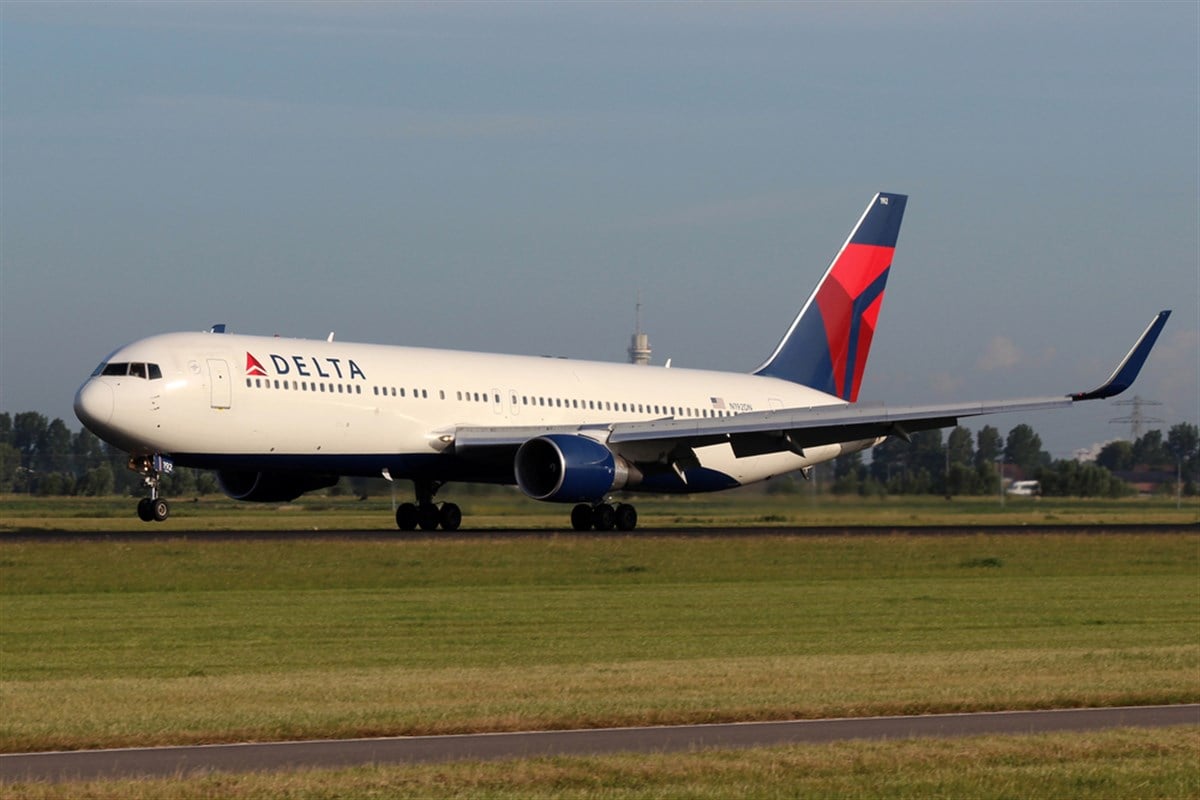
When traders place directional bets on a stock (meaning they are definitely bullish or bearish), they can amplify their returns through options. Options allow for responsible leverage-taking when the timing and magnitude of a stock’s move are relatively certain.
A Stampede of put option buyers swept into Delta Air Lines Inc. (NYSE: DAL), which normally means bad news since put option buyers profit if the underlying stock declines. However, based on the market’s language and Wall Street’s expectations, these put options may be more of an insurance factor rather than a directional bet.
Because Delta is about to announce its quarterly earnings report in April 2024, traders may actually be looking to hedge their positions in case there is a decline before the announcement. Everyone is looking for the answer: “Why not sell the stock?”. Well, the expectations are still bullish.
Decoding the Trend
While the rest of the airline stocks trade at an average 77% of their 52-week high prices, Delta Airlines rose to 93% of its 52-week high. Momentum favors the stock, but what is the tailwind giving it an extra set of lungs?
Because the Federal Reserve (the Fed) is looking to cut interest rates later this year, investors may expect increased business and leisure travel in the U.S. The timing and magnitude of these potential cuts are still up for speculation. Still, there is a tool investors can use to keep up with sentiment.
The FedWatch tool at the CME Group Inc. (NASDAQ: CME) shows that traders have rate cuts priced in for May and June 2024. This means that the window of opportunity before the rest of the market prices in these potential cuts is closing by the day.
With oil rising above $80 and analysts at The Goldman Sachs Group Inc. (NYSE: GS) expecting to see $100 a barrel this year, fuel costs for airlines may keep the industry at these compressed prices. However, something specifically could help Delta stay head and shoulders above competitors.
Delta Stock at Flying Altitude
When comparing Delta Airlines to the rest of the transportation sector, investors can find a few outlying factors. Starting with performance, a 43% rally in the past 12 months gives Delta enough runway to potentially higher prices; after all, the rest of the industry stood at only 11.4%.
Price action is only one pillar through which investors can filter opportunities; there is another way to make sure the market is still bullish on the stock. On a forward price-to-earnings (forward P/E) basis, Delta’s 6.2x valuation places it not only 18% above the industry’s 5.3x average but also some of its biggest competitors.
United Airlines Holdings Inc. (NASDAQ: UAL) currently trades at 4x forward P/E, and its price action shows it to be at only 79% of its 52-week high. As of February 2024, the stock’s short interest rose by 14.8% as a sign of the times, fortune does not favor this one.
American Airlines Group Inc. (NASDAQ: AAL) trades at a 4.7x forward P/E, still lower than Delta’s valuation by 24%. The stock sold down to 78% of its 52-week high as bears took over the price action in this name.
Analysts expect earnings per share (EPS) growth of 27% for American and 18% for United over the next 12 months. Delta Airlines is looking to push out a much lower growth rate of 13%, yet markets still value these future earnings more than peers.
It’s in Its DNA
After a recent scandal involving a Boeing Co. (NYSE: BA) 737 MAX 9 jet, airlines that depend on Boeing planes may be suffering as a result. Because most of Delta’s fleet is made up of Airbus (OTCMKTS: EADSY) planes, the airline reported a 99.8% completion factor, making it the ‘most reliable’ for the year.
While American and United also have Airbus planes on their fleet, it is Delta who took delivery of 15 Airbus aircraft. Markets may have become bullish on the stock after realizing the company is looking to steer clear of further Boeing accidents or delays.
For this reason, management was proud to announce a doubling in revenues over the past year, and also guided to an even better 2024.
Analysts at the UBS Group (NYSE: UBS) boosted their price targets for the stock up to $59 a share, calling for a 27% upside from today’s prices. As the stock flirts with its 52-week high, market preferences backed by fundamentals may still push it higher.





